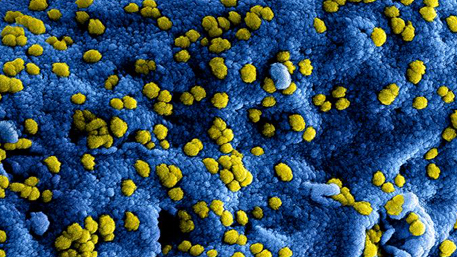
Employing a Systematic Approach to Biobanking and Analyzing Genetic and Clinical Data for Advancing COVID-19 Research
S Daga et al, MEDRXIV, August 14, 2020
S Daga et al, MEDRXIV, August 14, 2020
Mobility network modeling explains higher SARS-CoV-2 infection rates among disadvantaged groups and informs reopening strategies
SY Chang et al, MEDRXIV, August 14, 2020
SY Chang et al, MEDRXIV, August 14, 2020
We simulate the spread of SARS-CoV-2 from March 1 - May 2, 2020 among a population of 98 million people in 10 of the largest US metropolitan areas. We show that by integrating mobility networks, even a relatively simple epidemiological model can accurately capture the case trajectory despite dramatic changes in population behavior due to the virus.
Quantitative analysis of SARS-CoV-2 RNA from wastewater solids in communities with low COVID-19 incidence and prevalence
PM D'Aoust al, MEDRXIV, August 14, 2020
PM D'Aoust al, MEDRXIV, August 14, 2020
The Plan That Could Give Us Our Lives Back The U.S. has never had enough coronavirus tests. Now a group of epidemiologists, economists, and dreamers is plotting a new strategy to defeat the virus, even before a vaccine is found.
R Meyer et al, The Atlantic, August 2020
R Meyer et al, The Atlantic, August 2020
Host polymorphisms may impact SARS-CoV-2 infectivity
P Brest et al, Trends in Genetics, August 10, 2020
P Brest et al, Trends in Genetics, August 10, 2020
Based on a broad public database compilation, we support the hypothesis that germinal polymorphisms may regulate the expression of the SARS-CoV-2 cellular target itself and proteases controlling the process of its shedding or, conversely, its internalization. A genetic influence on individual susceptibility to COVID-19 infection is strongly suspected.






















.png)









No hay comentarios:
Publicar un comentario